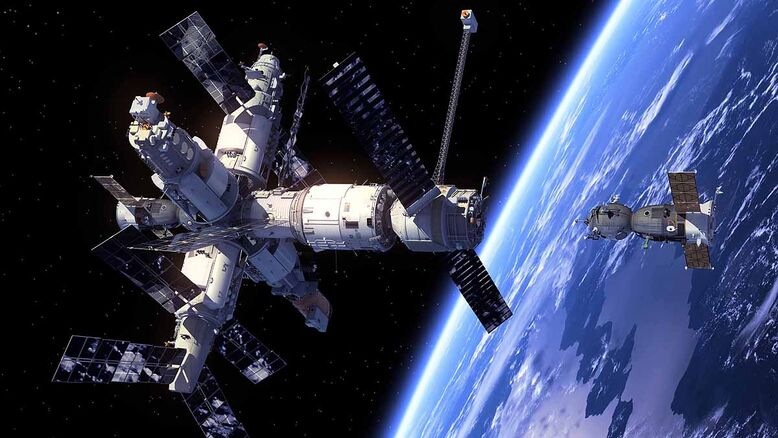The Indian Space Research Organisation scientists are ready for a second SpaDeX mission. The scientists at ISRO have successfully brought together two satellites in space and are now ready to dock two satellites in an elliptical orbit. This ability to join two satellites in space, known as docking, is very crucial for India’s upcoming Chandrayaan-4 mission and the proposed Bharatiya Antariksh Station, India’s planned space station.
During the first SpaDeX mission, two 220 kg satellites were launched into a 470 km circular orbit. A small relative velocity was introduced to them, allowing the two satellites to drift apart before being progressively brought closer. Finally, on January 16, the successful docking of the two satellites occurred. The experiment demonstrated power-sharing between the satellites and their ability to receive commands as a single composite unit. With this, India became the fourth country after the US, Russia, and China to demonstrate in-space docking capabilities.
Docking In Space
“Docking in a circular orbit is much easier than docking in an elliptical orbit. This is because the trajectory and velocity of the satellites remain constant in a circular orbit, whereas they keep changing in an elliptical orbit. What this essentially means is that calculations done from one point will not be relevant after a few minutes. … This is, however, what the SpaDeX experiment will attempt,” a scientist familiar with the matter told the national media.
The capability of docking in space in an elliptical orbit will prove vital for India in its future missions, such as Chandrayaan-4, where multiple modules will be launched separately and docking will be required in both Earth and lunar orbits.
This was the first time ISRO was attempting docking after meticulous planning and testing. In fact, several of the sensors were calibrated according to readings in space. Once that was done, the data was used to conduct several simulations on Earth before actual docking was attempted by ISRO. Even then, the satellites were brought together very slowly, using all the knowledge gathered during the first docking. With this, the second dock became easier and quicker, without the satellites needing to stop or go as many times as the first time.


